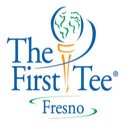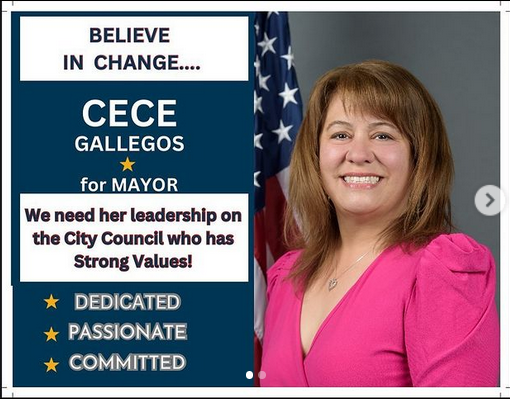
During her visit, Treasurer Ma toured the hospital to see firsthand the significant impact the Children’s Hospital Bond Act funding has had on Valley Children’s programs and services.
“I’ve personally witnessed the good work this hospital does. It provides excellent care to more than 1.3 million children across central California,” said Treasurer Ma. “I’m inspired by how they serve one of California’s most vulnerable populations.”
In 2004, 2008 and 2018, California voters made children’s healthcare and children’s hospitals a priority by approving three successive Children’s Hospital Bond Acts to ensure that children’s hospitals can continue to meet the specialty care needs of children now and well into the future.
“Over the years, this critical funding from the California Children’s Bond Acts has allowed us to expand, update and renovate essential patient care areas and equipment throughout our hospital,” says Todd Suntrapak, Valley Children’s Healthcare President and CEO. “From the passage of the first bond act in 2004, Valley Children’s commitment has been to ensure that these funds are carefully and strategically invested throughout our hospital to improve access to care and to upgrade our technology and equipment, all to make sure our Valley’s kids have the best care possible close to home.”
During her visit, the Treasurer observed a demonstration of the hospital’s extracorporeal life support capabilities that provide lifesaving treatment for infants and children with failing heart and lung functions. Treasurer Ma also visited the hospital’s emergency department and trauma center that include eight exam rooms, two large state-of-the-art trauma rooms, two ultrasound suites equipped with the latest technology and an MRI room with innovative scanners. Enhancements made with Children’s Hospital Bond Act funding were designed to meet the needs of children and their families, support multi-disciplinary teams, allow for patient visibility from nurses' stations, maximize staff workflow and enhance family-centered care.















































